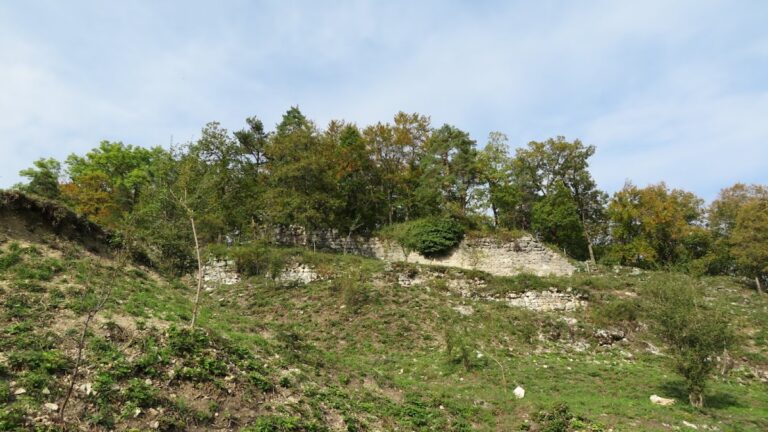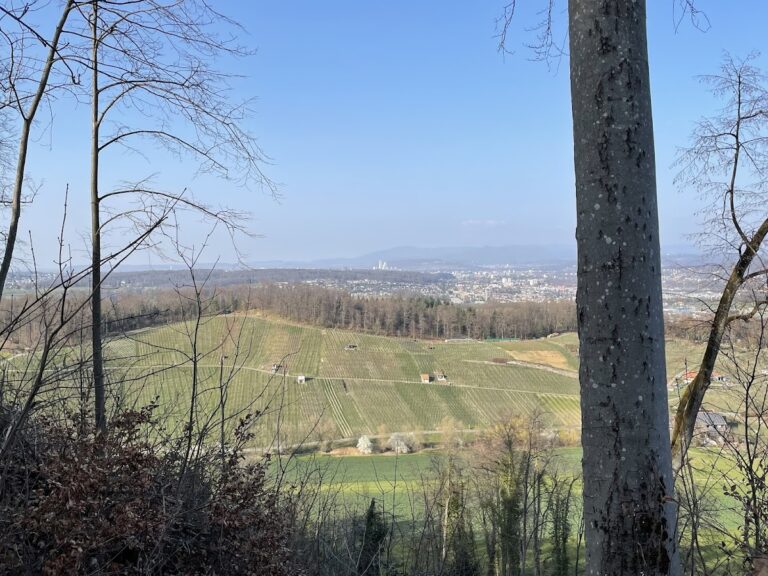Fürstenstein Castle: A Medieval Ruin Near Ettingen, Switzerland
Visitor Information
Google Rating: 4.7
Popularity: Very Low
Google Maps: View on Google Maps
Official Website: de.wikipedia.org
Country: Switzerland
Civilization: Unclassified
Remains: Military
History
The medieval castle ruins of Fürstenstein are situated near Ettingen in Switzerland. Though the exact builders and founding purposes of the castle remain unknown, historical records link it to the Rotberg family, a local noble house that controlled most of the surrounding territory except the nearby Sternenberg fortress.
The earliest documented mention of Fürstenstein dates to 1302, when it was recorded as a bishopric fief, granted to the Rotbergs by the Bishop of Basel. This indicates the castle’s position within the religious and political structures of the time. During the early 14th century, Fürstenstein became embroiled in a conflict between King Albert and the Bishop of Basel. It endured a siege led by the Habsburg forces loyal to the king. This military action concluded following King Albert’s assassination in 1308, which brought an end to hostilities around the stronghold.
The castle faced damage from a significant earthquake centered near Basel, though repairs were promptly made to restore its defenses. In 1410, further unrest involved Hans Ludmann von Rotberg, who sought refuge at Fürstenstein amid a dispute involving Katharina von Burgund and rival nobles Heinrich zu Rhein and Rudolf von Neuenstein. After a series of confrontations, Heinrich and Rudolf launched an assault on the castle. Forces from Basel, allied with Katharina, destroyed Fürstenstein in the aftermath, and both Heinrich and the defending garrison were executed.
Later, in 1515, the remains of the castle along with its associated feudal rights and the lordship of Rotberg were sold to the city of Solothurn. This transaction marked a formal end to Fürstenstein’s role as a noble residence or military stronghold. By 1412, records noted that the castle was divided into two sections, an upper and a lower house, reflecting its internal organization during its active occupation.
Throughout the centuries following its destruction, local inhabitants quarried the castle stones for building materials. What remains today are only fragments of walls and ruins, with no continuous occupation or restoration recorded since the early modern period.
Remains
Fürstenstein castle was originally constructed as a hilltop fortress perched on a narrow limestone ridge formed by geological folding. The ridge rises steeply to about 590 meters above sea level and narrows toward the west, with the main surviving masonry concentrated near the slightly broader eastern tip. The castle’s layout took advantage of this natural elevation, overseeing the entrance to the Wallental valley and offering commanding views over nearby valleys including Leimenthal, Birstal, and Sundgau.
Remaining stonework consists predominantly of roughly shaped limestone blocks, a material drawn from the surrounding environment. The primary access route to the castle began at a gatehouse positioned at the eastern base of the ridge. From there, visitors would ascend a steep pathway accompanied by stairs carved directly into the rock, a clear adaptation to the sharply vertical terrain. At the eastern end, archaeological evidence suggests the location of the castle’s main building and a possible tower structure.
The ridge’s western section shows signs of human use, indicated by surface-level finds; however, this area contains no substantial wall remnants. South of the main ridge, the landscape reveals artificial terraces, likely constructed to support outbuildings related to the castle’s economic functions. Traces of beam holes, small cavities once holding wooden structural supports, are faintly visible in the southern rock faces, revealing the presence of now-vanished timber elements.
In 1864, a naturalist enhanced access to the site by carving a new stairway into the rock and creating a viewing platform atop the ridge. These alterations serve as modern interventions to facilitate movement and observation rather than original medieval features.
The current state of the ruins is fragmentary due to extensive stone removal by local residents and the historical destruction of the castle. Despite this, enough remains to illustrate the castle’s original steep and compact hilltop design, providing insight into medieval defensive strategies adapted to challenging terrain.







